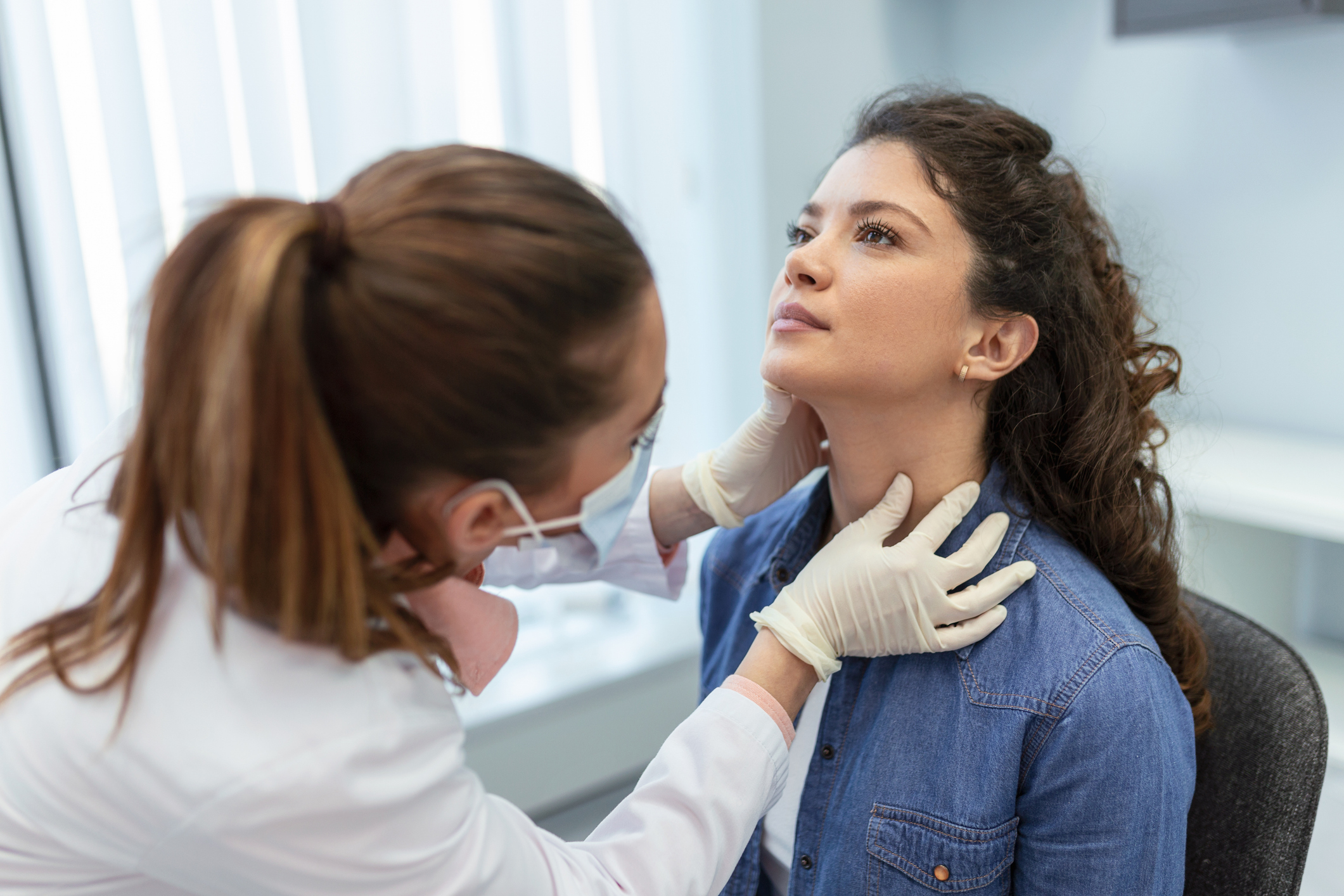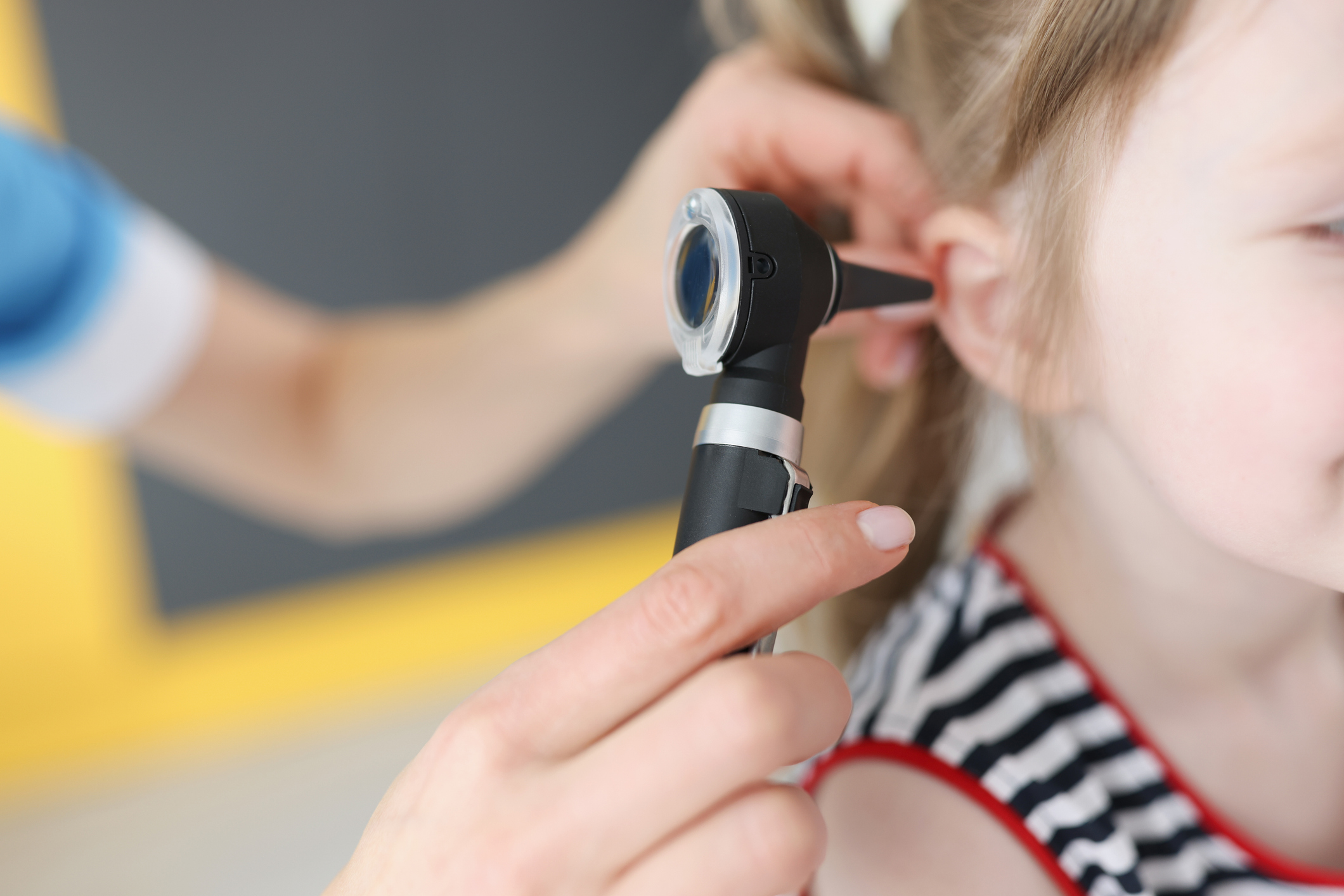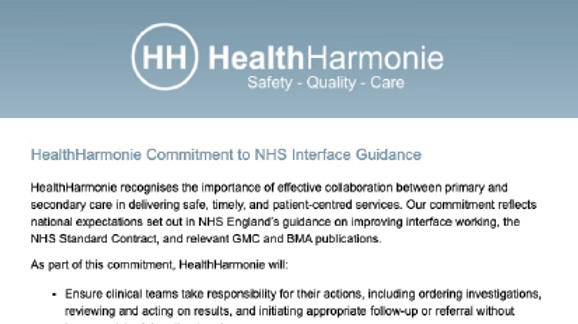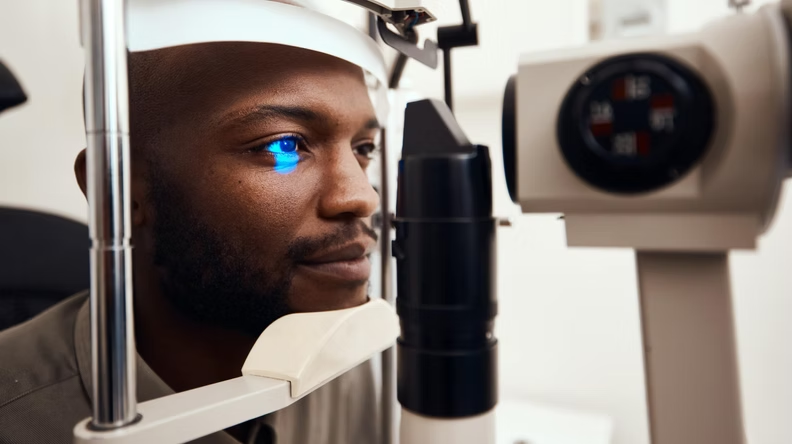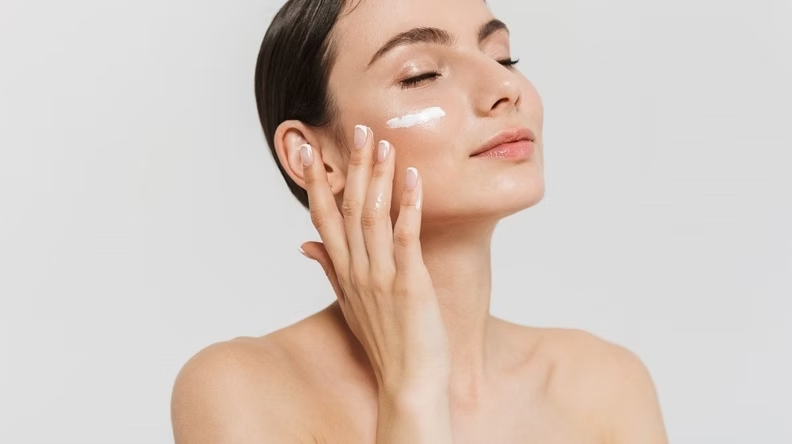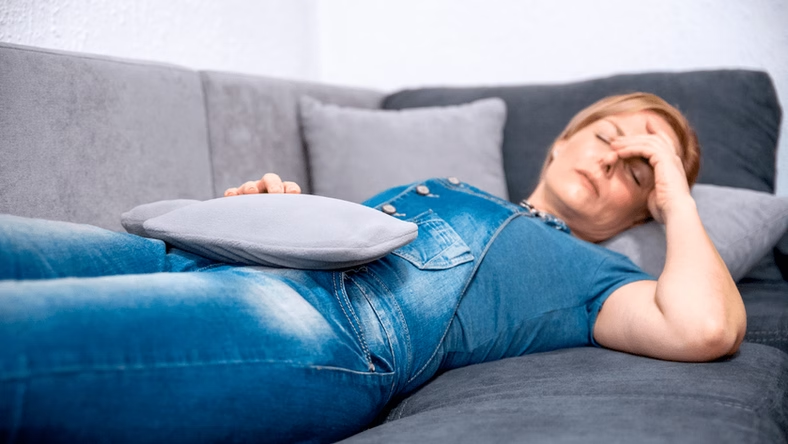Ocular Hypertension is the condition in which the pressure inside the eye is higher than normal. When this occurs, the front of the eye is unable to drain fluid correctly, which causes the pressure inside the eye to increase. Ocular Hypertension can be difficult to detect via symptoms alone, so regular eye exams should be attended to maintain healthy vision.
Ocular hypertension can be the first sign in identifying early stages of Glaucoma, which is the best time to treat it. As the pressure in the eye increases, so does the risk of developing Glaucoma. However, Glaucoma can also be diagnosed without high eye pressure present, so this isn’t always a contributing factor.
Causes
‘Aqueous humour’ is the name given for the liquid inside the front section of the eye. This supplies the necessary nutrients as well as removing any waste to help maintain the pressure in the eyes. If this area becomes blocked, then correct drainage of the eye is restricted and this will cause eye pressure to rise.
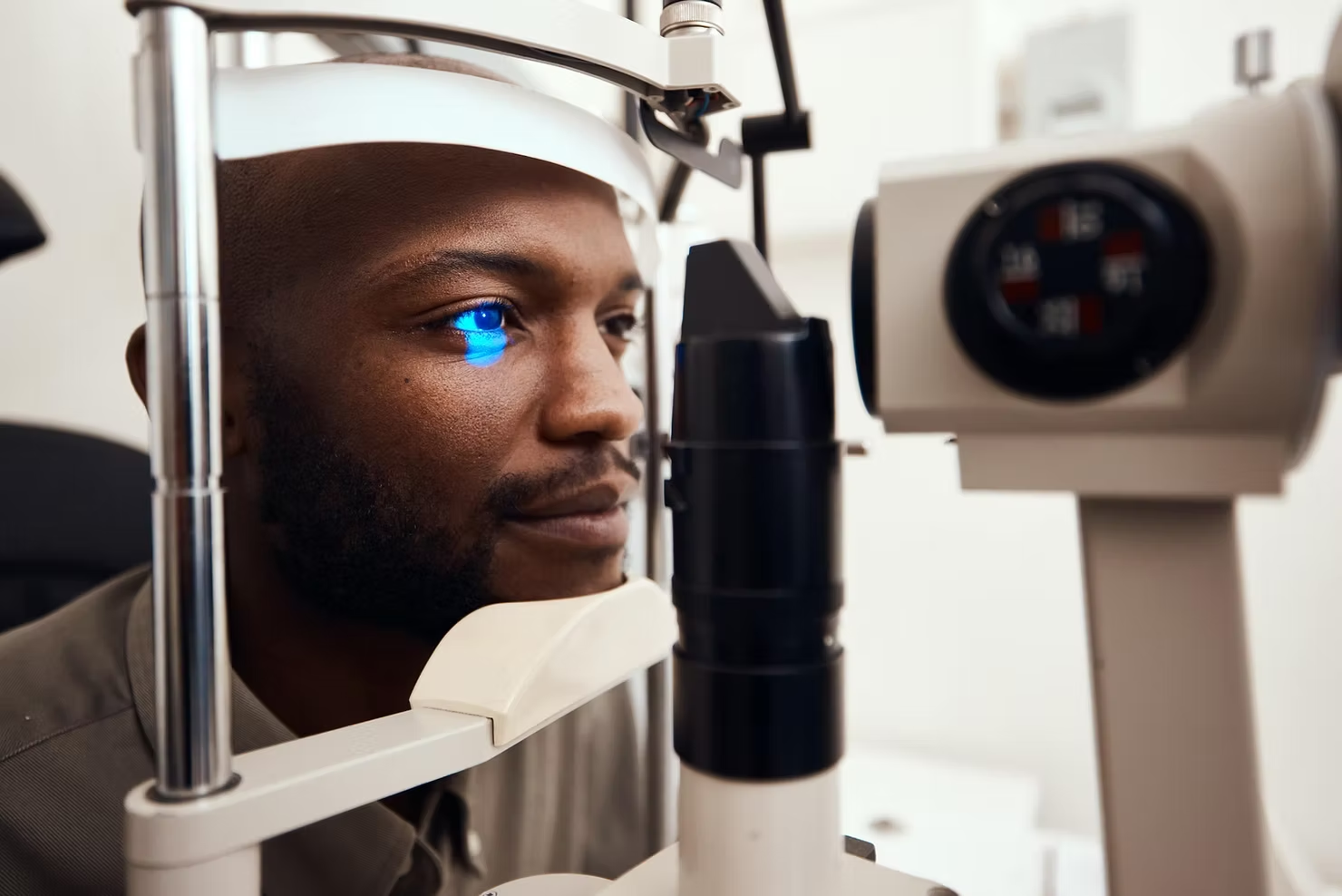
Overproduction of the Aqueous humour – Whilst we need the Aqueous Humour to produce nutrients and oxygen for the ocular tissue, too much of this can be problematic. If the production rate of the Aqueous humour is excessive, then the eye will be overloaded and will lead to an increase in eye pressure.
Underproduction of the Aqueous humour – The Aqueous humour maintaining a healthy production rate is important, as an underproduction will have the same effects of an overproduction in that correct drainage is not being achieved, also leading to an increase in eye pressure.
Trauma inflicted upon the eye – Injuries sustained to the eye can disturb the aqueous humour which can decrease the rate in which the eye is drained. This then leads to the pressure in the eye building up.
Treatments
Medication – General treatment for Ocular Hypertension will consist of eyedrops that aim to lower the intraocular pressure.
Surgery – In more serious cases, laser trabeculoplasty will be performed to reduce eye pressure.
For more information on Glaucoma and how to Diagnose the condition, please see here: www.healthharmonie.com/post/diagnosing-glaucoma
Information on our Ophthalmology services can be found here: www.healthharmonie.com/ophthalmology


